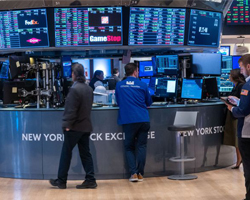Wall Street Sees Mixed Close, Currency Shifts, and Global Economic Indicators Unveiled | Daily Market Analysis

Key events:
- UK - BoE MPC Member Broadbent Speaks
- Canada - New Housing Price Index (MoM) (Nov)
- Eurozone - ECB's Schnabel Speaks
- Eurozone - ECB's Lane Speaks
On the closing bell last Friday, Wall Street witnessed a blend of outcomes, and the dollar staged a recovery as market participants took a pause after a week marked by crucial central bank decisions and economic data releases. Treasury yields made a descent to levels not seen in several months.
Despite the initial excitement surrounding the US Federal Reserve's shift towards a dovish stance, the mood changed as New York Federal Reserve President John Williams resisted expectations of rate cuts. He reiterated the central bank's dedication to steering inflation back to its 2% target.
Throughout the day's trading session, the three major US stock indices displayed fluctuations. The S&P 500 closed marginally lower, the Dow recorded a modest uptick, and the Nasdaq took the lead, particularly benefiting interest rate-sensitive tech and tech-adjacent momentum stocks.
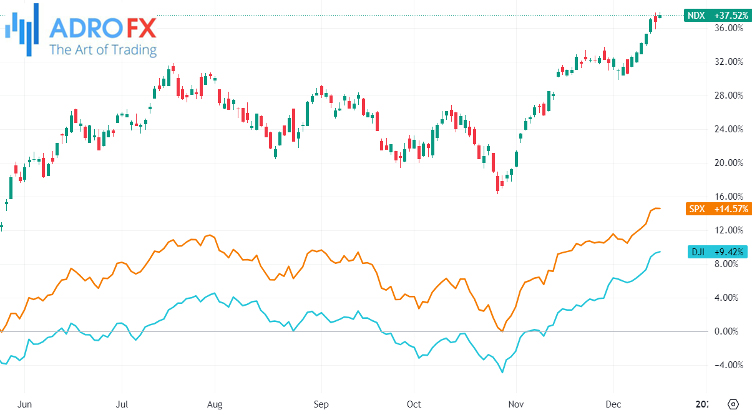
Significantly, all three indices achieved their seventh straight week of gains, representing the S&P 500's lengthiest weekly winning streak since September 2017 and the Dow's most prolonged run since late 2018-early 2019. Although economic data released on Friday pointed to an uptick in US business activity, challenges persisted in the manufacturing sector.
Across the Atlantic, European shares ended the week nearly unchanged but secured their fifth consecutive weekly gain amidst growing expectations of rate cuts. Notably, the Federal Reserve's European counterparts maintained a steadfast stance, contributing to the strengthening of the euro and pound on Thursday. The dollar index experienced a 0.56% rise, while the euro dipped by 0.89%, settling at $1.0893.
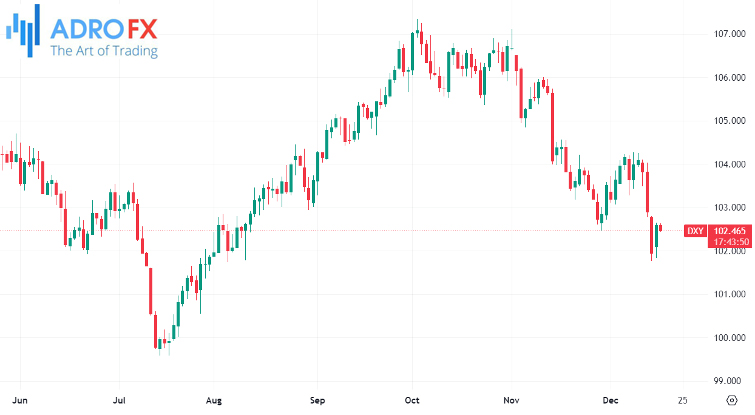
At the onset of the week, the yen saw a modest decrease as the Bank of Japan (BOJ) initiated its two-day monetary policy meeting, instigating speculation among traders regarding the potential unwinding of the dovish central bank's ultra-loose monetary settings.
In the broader financial landscape, currencies embarked on the week with caution following substantial fluctuations the previous week, predominantly influenced by central bank meetings, including rate decisions from the Federal Reserve, the European Central Bank (ECB), and the Bank of England (BoE).
During early Asian trade, the yen exhibited a 0.2% decline, settling at 142.41 per dollar, retracing a portion of the nearly 2% gain it had garnered in the preceding week due to the dollar's descent. The Japanese currency has been subject to volatility in recent weeks as market participants grapple with uncertainty regarding when the BOJ might consider phasing out its negative interest rate policy. Governor Kazuo Ueda's comments earlier in the month had initially triggered a substantial rally in the yen.
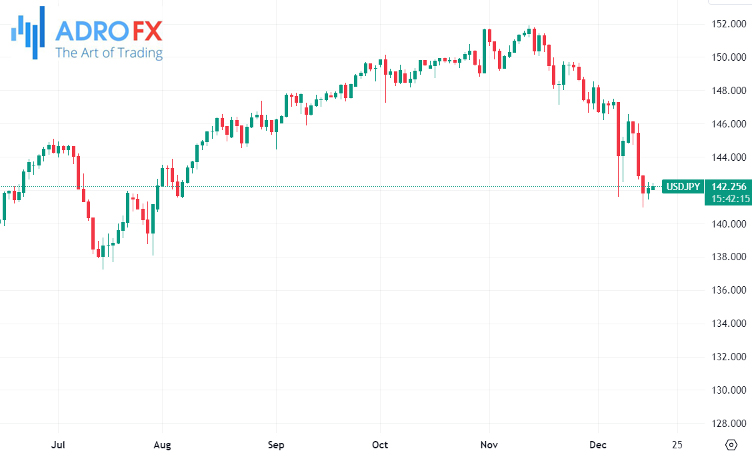
Investors are gearing up for the year's final inflation update with the release of the Personal Consumption Expenditures (PCE) report on Friday, which serves as the Federal Reserve's primary inflation gauge. Economists are predicting that the PCE price index will maintain its flat trend for a second consecutive month in November, while the core measure, excluding volatile food and energy costs, is expected to register a 0.2% increase.
In addition to the inflation report, a slew of other economic indicators will be unveiled, including data on consumer confidence, initial jobless claims, and durable goods orders. Updates on the housing sector, encompassing reports on both new and existing home sales, will also be made available. Atlanta Fed President Raphael Bostic is scheduled to speak on Tuesday, providing insights into the economic landscape.
Meanwhile, gold is on the verge of securing its first annual increase since 2020, driven by a weakening dollar and mounting expectations for rate cuts in 2024. The allure of holding zero-yield bullion is heightened in a lower interest rate environment. Despite the upward trajectory of real US 10-year yields, gold has surpassed the $2,000-per-ounce mark.
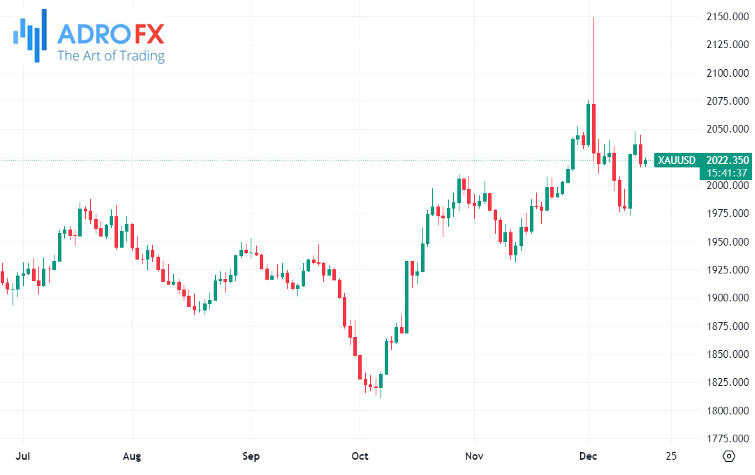
Investors are banking on a series of rate cuts next year amid increasing political and economic uncertainty.
In the UK, inflation is currently running at more than double the Bank of England's 2% target, and Wednesday's data is likely to confirm that price pressures remain elevated compared to other major economies.
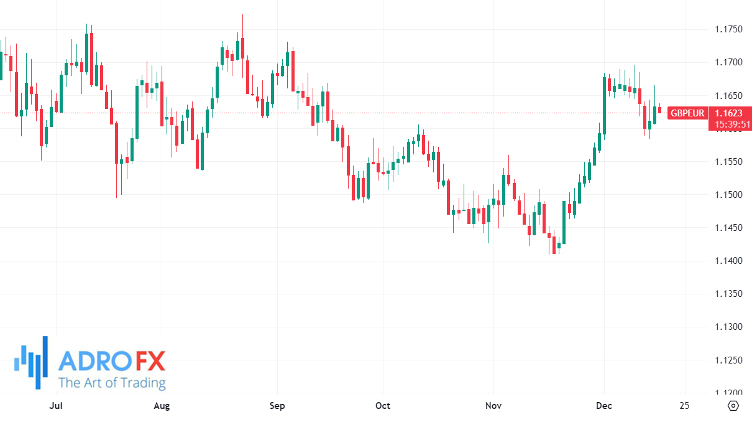
Achieving a three-month peak against the euro this month, the pound's surge was instigated by a substantial decline in euro zone inflation. This development sparked speculation that the Bank of England (BoE) might defer rate cuts in contrast to the European Central Bank. However, the trajectory of the pound remains contingent on whether the BoE responds to prevailing inflation trends or adopts a longer-term perspective, considering the prospect that economic weaknesses could suppress wages and prices, potentially pushing the UK economy into recession.


